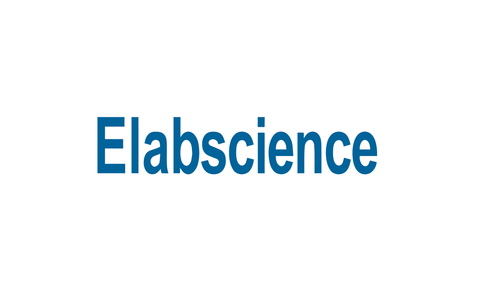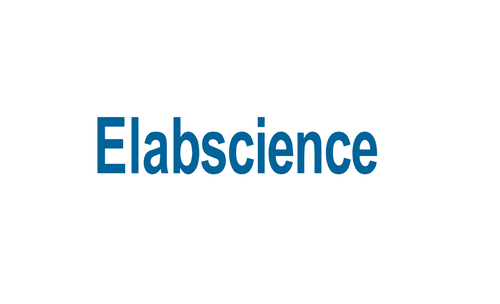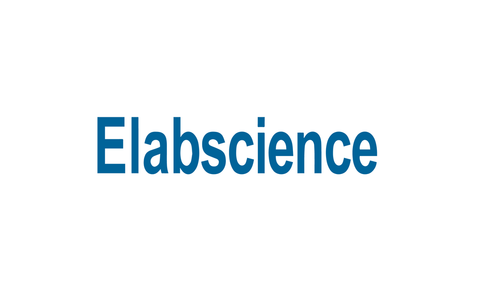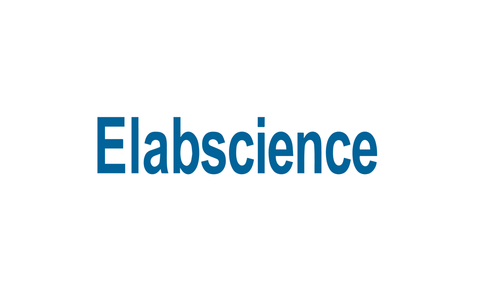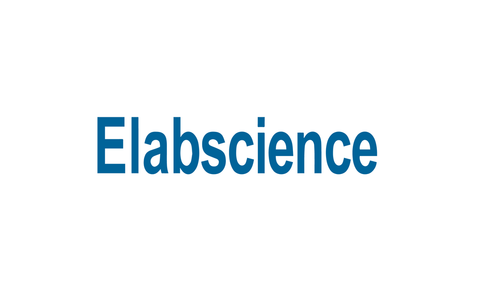Product Description
Rabbit Skeletal Muscle Cells | EP-CP-Rb013 | Elabscience
Background: Rabbit skeletal muscle cells are isolated from the muscle Tissues of the limbs. Skeletal muscle, also known as striated muscle, is a type of muscle that accounts for about 40% of the body's weight. The skeletal muscle fibers are long cylindrical multinucleated cells, and the basement membrane is closely attached to the outside of the muscle membrane. It belongs to striated muscle, which also includes myocardium and visceral striated muscle, of which skeletal muscles are mainly distributed in the limbs. Each muscle is an organ with a certain shape, structure and function. It has a rich distribution of blood vessels and lymph nodes. It contracts or relaxes under the control of somatic nerves to perform voluntary movement. Muscles can be named according to their common shape, size, position, starting and ending points, fiber direction and function. Named by shape, such as trapezius, rhomboid, deltoid, and piriformis. Skeletal muscle cells are fibrous, unbranched, with obvious horizontal stripes, many nuclei, and they are all located under the cell membrane. There are many filamentous myofibrils arranged in parallel along the long axis of the muscle cell. Each myofibril has a bright band (I zone) and a dark band (A zone) arranged alternately. The light band dyes lightly, while the dark band dyes darker. There is a brighter line in the middle of the dark band called H line. There is an M line in the middle of the H line. In the middle of the bright band, there is a darker line called the Z line. The section between the two Z lines is called a sarcomere. Skeletal muscle cells are also called striated muscle cells. After 3 days of primary isolation and culture of skeletal muscle cells, the cells can be seen to adhere to the flask, and the cell morphology and size are different. Regular, triangular or fan-shaped, with oval and centered nucleus, cells reach confluence after 2 weeks, most of the cells stretch out in a long fusiform shape, with abundant cytoplasm and branch-like protrusions. The cells are arranged in a single layer or partially overlapped in multiple layers growth, ups and downs. When the cell density is low, they are often intertwined into a network, when the density is high, they are arranged in a whirlpool or fence shape. After passage, the cells grow faster and reach confluence in 4-6 days and maintain the above-mentioned morphological characteristics and growth characteristics. The rabbit skeletal muscle cells produced by our company are prepared by collagenase digestion. The total amount of cells is about 5×10^5 cells/vial. Tthe cells are identified by α-Sarcometric Actin (ACTA) immunofluorescence, and the purity is more than 90% without HIV-1, HBV, HCV, mycoplasma, bacteria, yeast, and fungi, etc.
Renewal: Every 2-3 days
Ratio: 1:2-1:3
Medium: EP-MP-Rb013
Growth Properties: Adherent
Cell Type: Myocyte
Tissue Type: Skeletal system
Tissue: Muscle Tissues of the limbs
Organism: Rabbit
 Euro
Euro
 USD
USD
 British Pound
British Pound
 NULL
NULL



